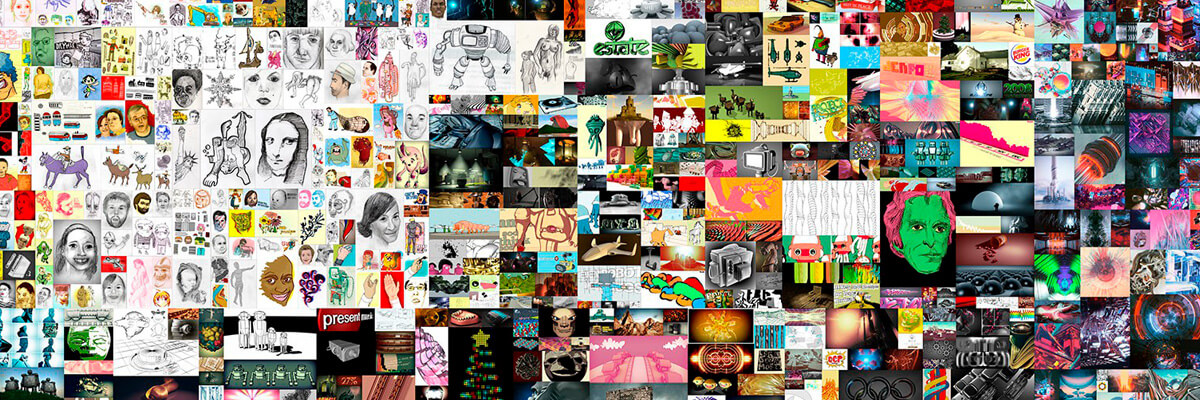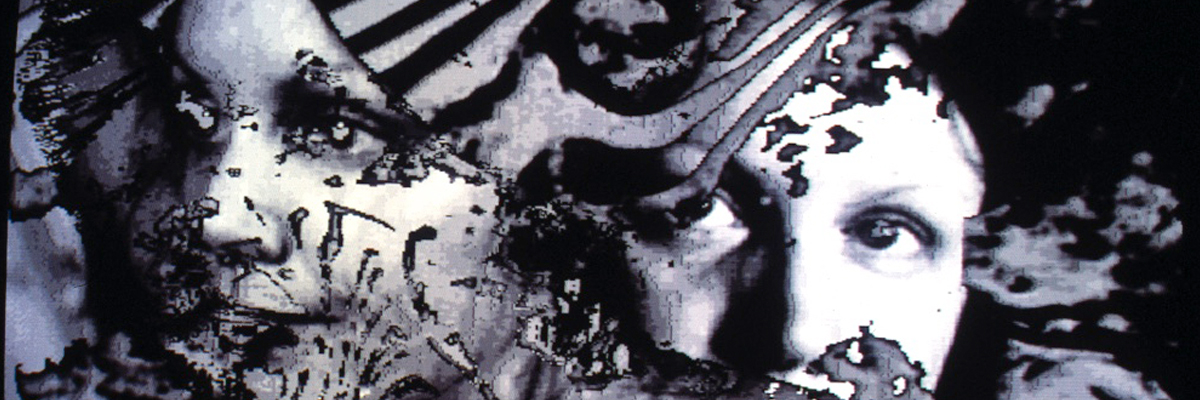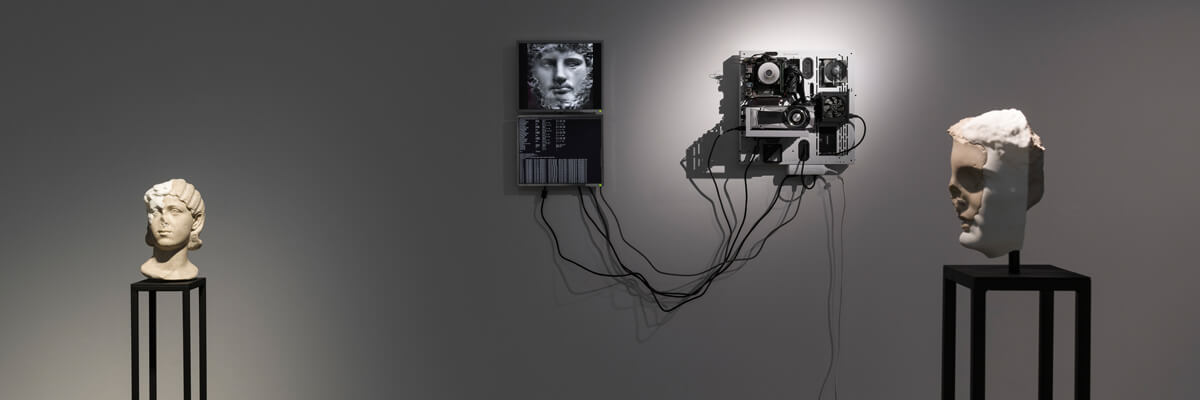DER ZAUBER DES NATIV DIGITALEN UNIKATS
Im Februar 2021 geht ein Raunen durch die Kunstwelt: Non-Fungible Tokens, kurz NFTs, scheinen den Kunstmarkt zu revolutionieren. Der 40-jährige Beeple, ein seit 2007 auf der Plattform Tumblr tätiger Grafikdesigner, erzielte im Februar für seine digitale Collage Everydays: The First 5000 Days einen Rekordpreis. Seit 2007, dem Gründungsjahr von Tumblr, lädt Beeple täglich ein digitales Werk auf die Plattform. Das Besondere: Die einzelnen Bestandteile der Collage bleiben auch nach der Versteigerung auf der Tumblr-Plattform sowie auf Instagram stehen. Jede Userin und jeder User kann die nativ digitalen Arbeiten als Bilddateien downloaden. Über die Hashtags #beeple und #everyday sind die einzelnen Bildelemente miteinander verbunden. Sie liefern den Bausatz für die Collage; mit einem entsprechenden Visualisierungstool wäre der vom Auktionshaus ausgegebene Screenshot der JPEG-Datei (Abb. 1) gar eins zu eins reproduzierbar.
„Yvonne Schweizer über NFT-Kunst“ weiterlesen


